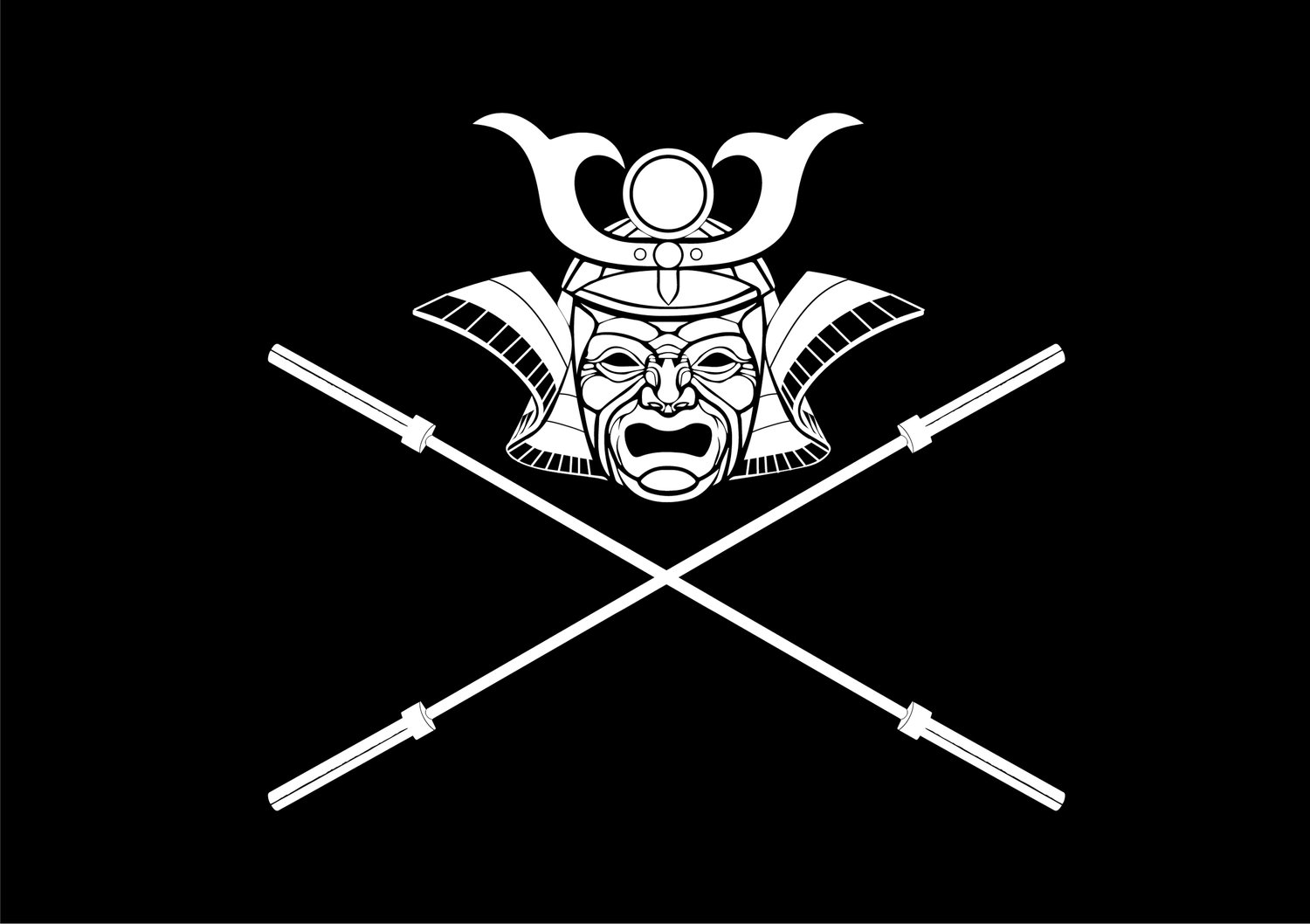Measuring Progress Versus Constant Variation
/In this blog post I’m going to specifically focus on strength exercises and providing a counter point to proponents of constantly changing them, i.e. the good ole “muscle confusion” crowd. Although I am going to discuss strength exercises what I’m saying holds true for conditioning and sports as well. I would assume Michael Phelps probably swims more than once a week. Do you think his muscles are “confused” when he’s in the pool? Whether it's Usain Bolt at the track, or Gennady Golovkin on a heavy bag, athletes strive to perfect similar movements day in and day out. The best of them also include some cross training to balance out their bodies and prevent repetitive motion injuries. If you want the body of a well conditioned athlete, you should probably train like one.
YOUR SQUAT WILL NEVER BE PERFECT
Perfect is not attainable, excellence is - but we will never be truly perfect at anything worthwhile. You will never “outgrow” the barbell squat, deadlift, overhead press, pull-up, etc. There will always be tweaks to get more out of the core lifts and movements. You can always gain by having a coach look at your benchpress. Once you start doing these “simple” movements you realize how infinitely layered mastering them becomes. The statement that you “never outgrow the basics” is universally excepted by athletes in sports. However, sometimes I see this being forgotten in the gym. What are the basics? Universally speaking the movements (notice I said movements NOT muscle) of the squat, hip-hinge, push, and pull.
A REASON YOUR TRAINER MIGHT NOT HAVE YOU SQUATTING OR DEADLIFTING
Quick disclaimer, a trainee might not be ready for these movements. In this article I'm specifically speaking about in shape, uninjured, reasonably fit clientele. A good deadlift, loaded carries (the farmer’s walk for example), and a good squat are true fitness “game changers.” Silly things done on a BOSU ball are not, even if your goal is weight loss. Weight loss is a condition of more work being done than calories entering the body, and very few exercises cause the body to work more than these three for example. However, these exercises take focus to learn. To be honest, a lot of you (not “you” you but that collective “you”) have the attention span of a gold fish. It’s easier to keep a low-commitment client “entertained” if things are constantly changing.
Also, squats and deadlifts in particular take an experienced coach to teach. Not just someone who is the “rep-counter/gym babysitter” type trainer. Also, like anything rewarding, there is risk involved. If a trainer is only concerned with just making sure you are there to keep paying for sessions, your workouts might primarily be comprised of only low-risk and lower reward “entertaining” exercises. I see the same thing being done with boxing training. Clients being taught choreographed pad-work routines before they are anywhere near fundamentally sound to keep them entertained.
WHEN TO USE VARIETY
Most well thought out training programs include a phase that is some sort of General Physical Preparedness(GPP). At the base of the training pyramid is a period of acclimation to training, the body should be challenged in different ranges of motions, differing energy systems and rep-ranges. Accessory work, ("what is accessory work?" is a discussion for another time), is a perfect time to include some variation to keep things fresh. Also, there can be variation with in the movement itself (goblet squat versus barbell back squat for example). Changing rep schemes and rest periods can also be manipulated to keep things fresh.
IN CLOSING
Training needs some metric to gauge progress: how many punches you can throw in a minute, mile run time, bench/squat/pull/press numbers. There is a place for variety. However, if you are constantly changing exercises and don’t have quantifiable numbers measure progress you will always be just “exercising” and never training.

